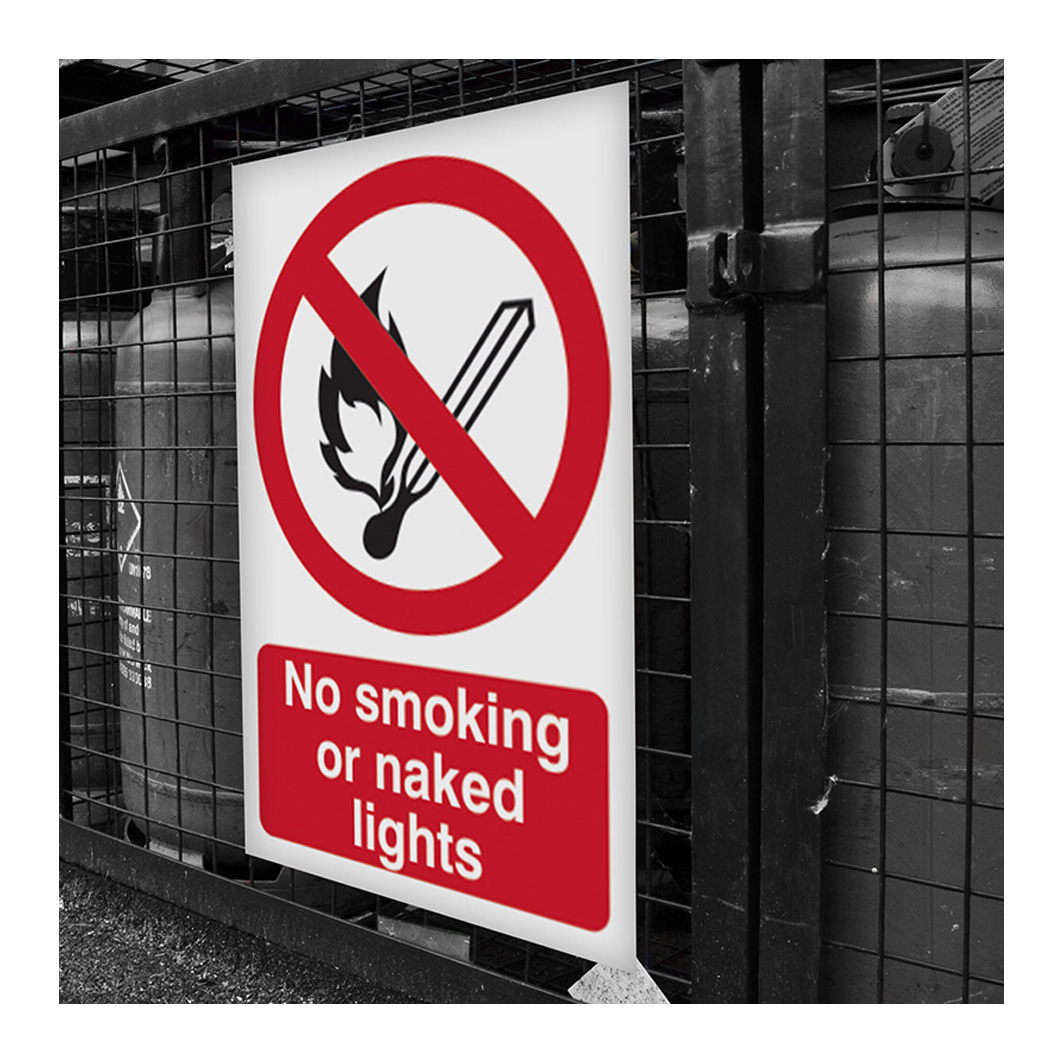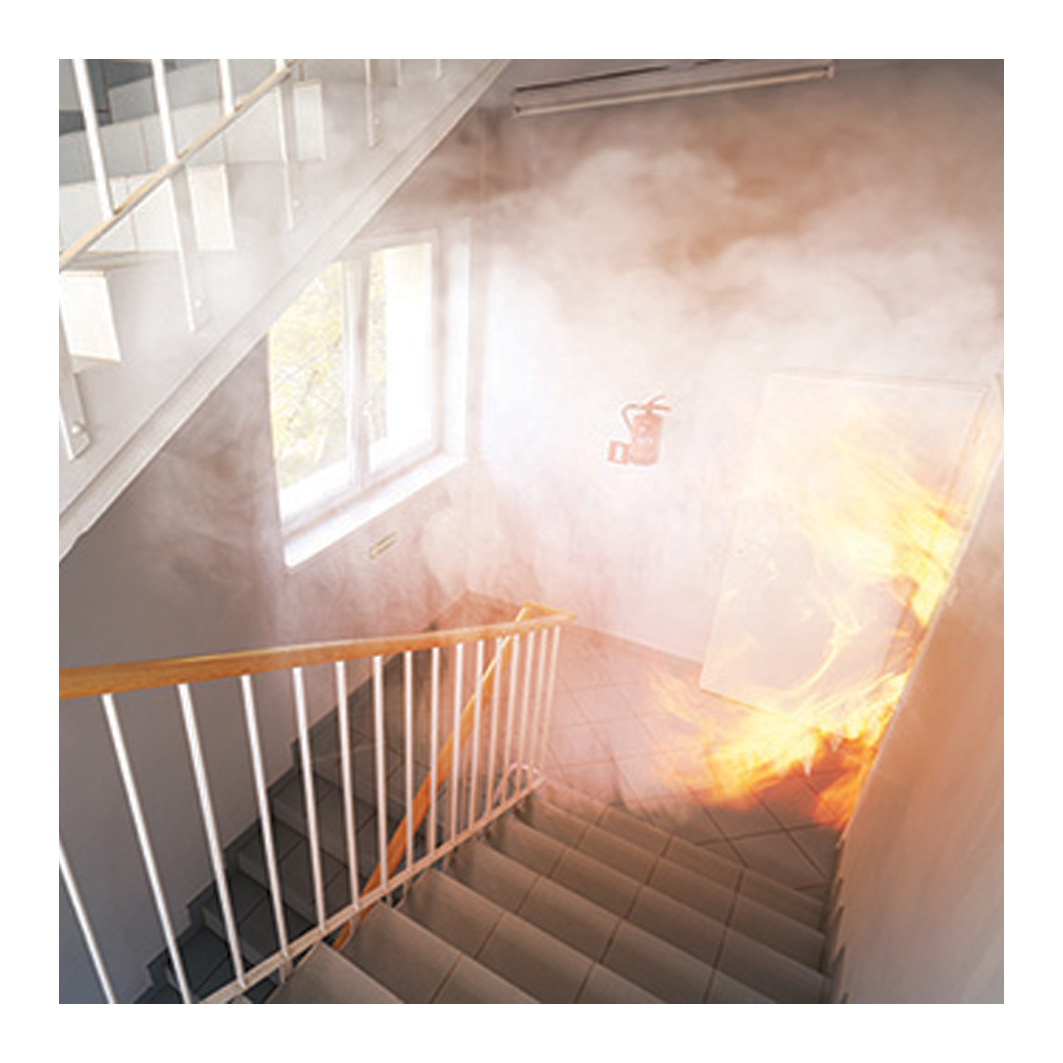Managing Fire Safety in the Workplace
Posted on: 18/10/2018

Government guidelines state that anyone in control of non-domestic premises, whether as a business owner, manager or landlord, is considered a ‘responsible person’ and has duties when it comes to fire safety.
This means doing everything possible to reduce the risk of fire and keep people safe.
A comprehensive fire risk assessment is a good place to start. Fire risk assessments should be carried out by the ‘responsible person’ or another competent person and should consider the possible causes of a fire and what how to mitigate and manage the risks. Remember, three things – the fire triangle – are needed for a fire to start. These include:
Heat – a source of ignition which could include: cigarettes & lighting devices; cooking equipment; electrical equipment; heaters and lighting
Fuel – anything that burns is potential fuel for a fire and can contribute to its ignition and spread. Common fuels include: cardboard, chemicals, cladding, furniture, paper, plastic, rubber or foam, overstocked products, packaging, waste rubbish and wood
Oxygen – fire needs oxygen to survive and thrive – sources of oxygen include natural airflows such as doors, open windows; mechanical air conditioning and air handling equipment; medical equipment and oxidising materials that can accelerate a fire.
Once you have identified the risks, you can take appropriate action to control them. As with all risks, it is best to avoid or eliminate them completely but where this is not possible, consider how they can be reduced and managed.

Reducing the risks
Keeping sources of ignition and flammable substances apart is key. For example, prohibiting smoking onsite and ensuring electrical equipment is correctly used and maintained can significantly reduce the risk of a fire starting. Maintaining clear corridors and thinking about how and where rubbish is stored are also simple but effective steps for reducing the risk of fire. Fire exits and escape routes should be unobstructed at all times and be aware of sources of oxygen that could potentially exacerbate a fire.
Ensure you have adequate smoke alarms and fire alarms fitted to detect fires quickly and warn people of their presence. In some premises, evacuation chairs may be necessary for the safe escape of anyone who is mobility-impaired.
Racking should also be inspected on a regular basis as damage to racking is the leading cause of rack system failure. Racking tags can make this process mush easier – Centurion’ Europe’s racking tags are designed to be fixed to the crossbeams of the racking. The checklist on the insert describes the checks which must be made and inspection details can be recorded. If the racking is deemed to be unsafe, the insert can be removed and replaced with a Do Not Use Unsafe Racking message.
The frequency of inspections varies between warehouses and should be determined by a nominated ‘person responsible for racking safety’ to suit the operating conditions of the warehouse.
Creating a fire emergency plan

It’s also a legal requirement to plan how you will protect people in the event of a fire. A fire emergency plan must show:
- A clear passageway to all escape routes
- Short, direct and clearly marked exits
- Sufficient exits and routes to allow everyone to escape
- Emergency doors that open easily
- Emergency lighting where necessary
- Escape route training for employees
- A safe meeting point for staff
Don’t ignore the signs
Safety signs play an extremely important role in fire safety where they are used to signpost fire equipment and emergency exit routes and provide vital information and warnings.
Fire safety signs are standardised using different colours and shapes so they can be instantly recognised and interpreted in the event of a fire so ensuring your fire safety signs are compliant is paramount. Fire safety signs generally fall into four categories:
- A Fire Action Notice – this provides information on what to do in case of a fire and is mandatory on all commercial premises. Ideally, an action notice should be displayed at every Fire Alarm call-point and final exit door.
- Fire Exit routes, doors and assembly points – these signs provide guidance to help people escape in the event of a fire and are mandatory for most properties other than very small premises, which may be exempt. Fire route and escape signs are green (for go) with white writing.
- Fire equipment signs – fire equipment must be easy to access and labelled appropriately, for example, fire extinguishers should have an ID sign while fire alarms need a call-point sign. Fire equipment signs are red and white.
- Warning and prohibition safety signs – these can be used to signpost any additional and specific risks such as ’no smoking’ signs. Warning signs are generally yellow while mandatory instruction signs are blue with white writing and prohibition signs are red and white.
Sometimes photo-luminescent fire safety signs are used in low light areas in case lighting fails during a fire. It is important that signs are fixed securely and can be seen clearly and, of course, all signs should be properly maintained.
The Safety signs and signals regulations provide further guidance on safety signs

What fire safety equipment do you need?
Class A – fires fuelled by solid materials such as paper, wood, cloth and plastic
Class B – fires fuelled by flammable or combustible liquids such as diesel, petrol and oil
Class C – fires fuelled by flammable gases such as hydrogen, propane and butane
Class D – fires fuelled by metals – more common in laboratories
Class F – fires fuelled by cooking oils and fats
Electrical fires, formerly known as Class E, no longer fall into a separate category as electrical fires can fall into any of the above categories.
There is no single fire extinguisher covering all of the risks but several fire extinguishers will fight more than one type of fire. For example, a powder extinguisher can be used to fight fires in categories A, B and C, including electrical fires.
Other useful fire safety products include fire blankets which can instantly prevent the spread of small fires – such as those that might occur in a kitchen or canteen. They can also be wrapped around someone to protect them as they escape from fire. They are not suitable for use on large fires. Safety light glow sticks can provide a safe source of light in an emergency.
Conclusion
Most fires are preventable so a comprehensive risk assessment reviewed routinely will significantly reduce the risk of fire. Meanwhile, regular training along with compliant and well-maintained safety equipment will ensure everyone is prepared in the event of a fire and maximise the chances of a safe escape.
More advice on managing fire risk in the workplace can be found at:
https://www.gov.uk/workplace-fire-safety-your-responsibilities/fire-risk-assessments
https://www.gov.uk/workplace-fire-safety-your-responsibilities









